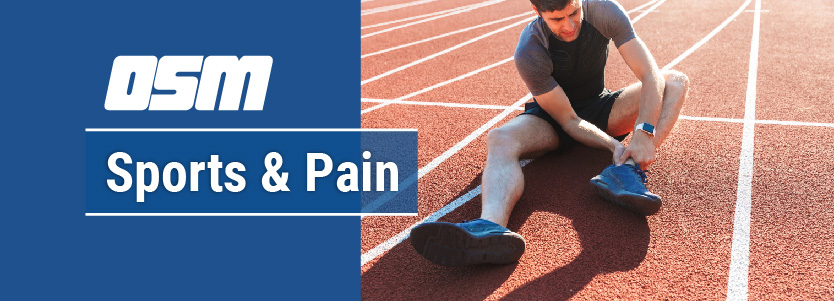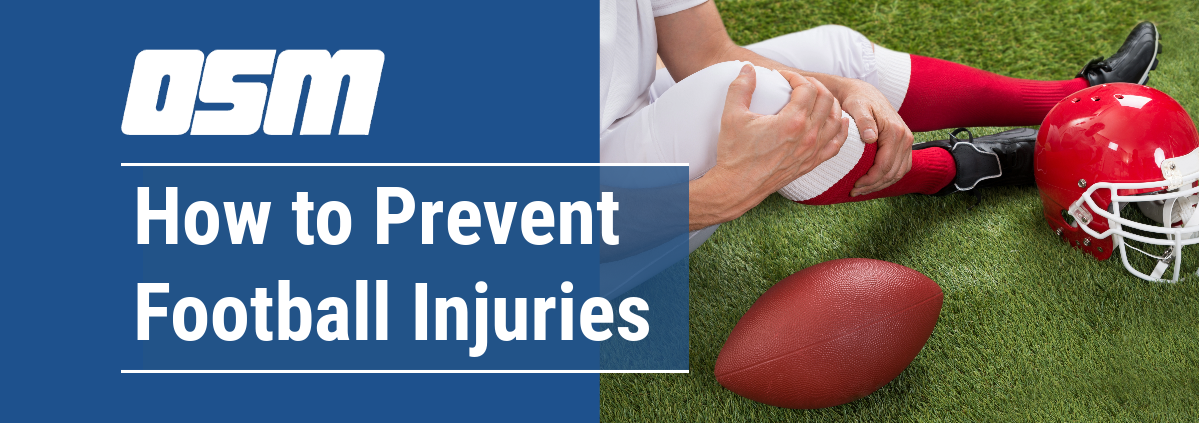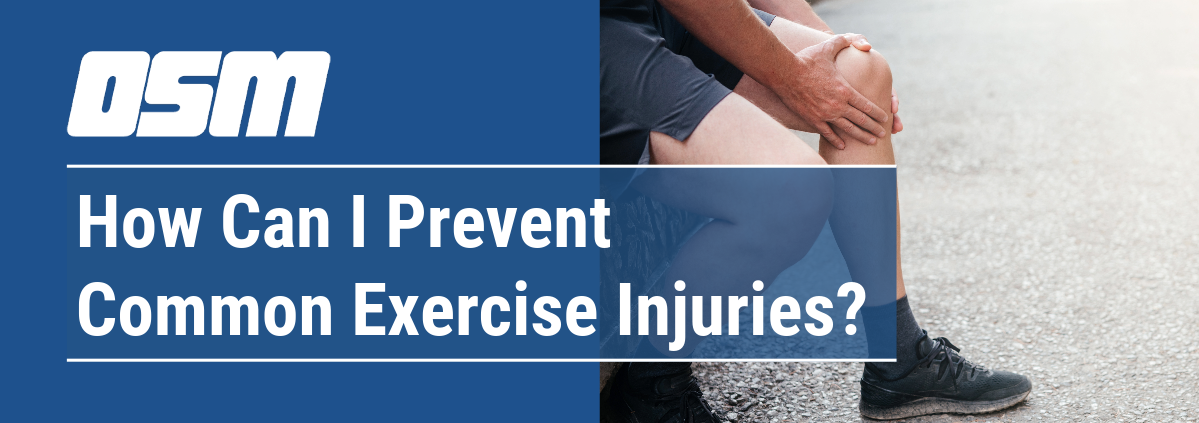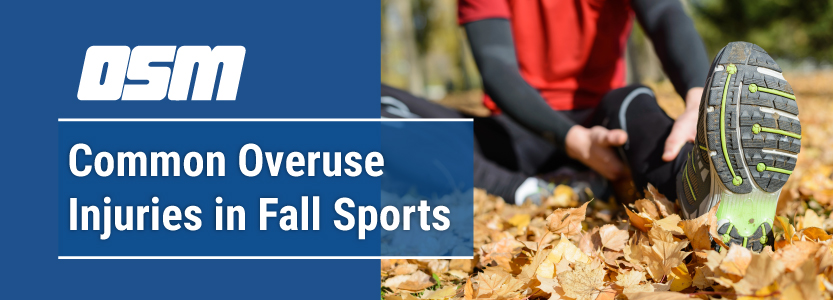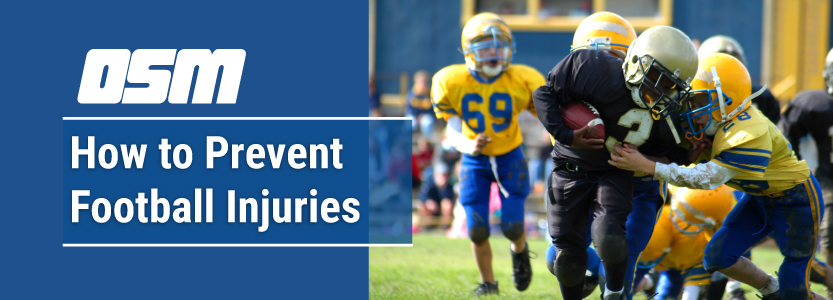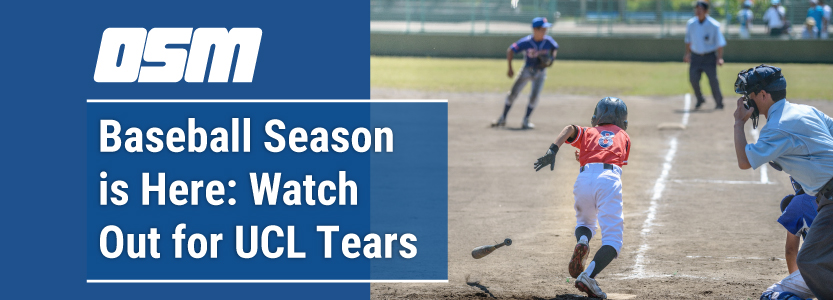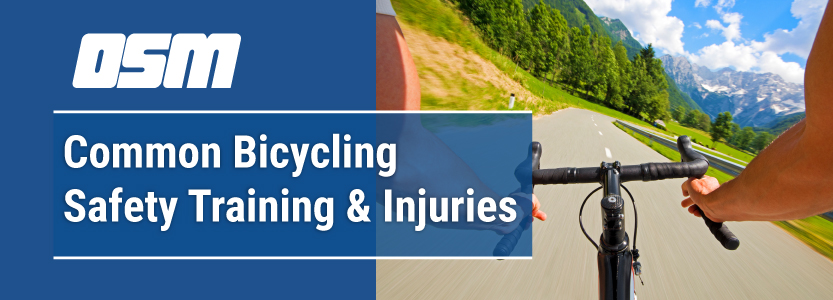Article featured on TheCenter
Fall sports are here and with that comes overuse injuries and burnout especially in adolescent athletes. An overuse injury develops slowly over time due to repetitive stress on tendons, muscles, bones, or joints. It is important to be aware and pay attention to any minor aches and pains to prevent a more serious injury down the road. Here are a few of the most common overuse injuries during the fall season.
SHIN SPLINTS
Shin splints are an inflammation of the muscles, tendons, and bone tissue around your shinbone (tibia). Typically, this develops when the muscle and bone tissue become overworked by repetitive or sudden change in activity, such as increasing the intensity or amount that you exercise. Runners are at the highest risk for developing shin splints.
It might be time to take a break and rest if you start to experience these symptoms:
- Sharp, dull, or throbbing pain
- Pain during and after exercise
- Sore to touch and mild swelling
Sometimes, other problems exist that can have an impact on healing. If the pain persists, contact one of our orthopedic surgeons for an examination.
PLANTAR FASCIITIS
Plantar fasciitis is the most common cause of foot pain, radiating from the bottom of the heel throughout the foot. The plantar fascia is the strong band of tissue in the arch of your foot that runs from your heel to toe, and absorbs strains and stress placed on the foot each time it is in use. Plantar fasciitis occurs when that supporting tissue becomes irritated and inflamed.
Common causes and risk factors include:
Tight calf muscles
Repetitive activity (sports/running)
New or increased activity
Obesity
Diagnosis and treatment are important with this painful condition and healing can begin quickly once diagnosed. Your doctor will most likely recommend rest and possibly frequent icing on the area. Anti-inflammatories may also help symptoms subside combined with light stretching of your feet and calves. If pain continues to linger, your orthopedic surgeon may recommend a partial release procedure.
ACHILLES TENDINITIS
The Achilles tendon is the largest tendon in the body, connecting the calf muscles to the heel bone. Although it can withstand a lot of stress, it is also prone to tendinitis, which is when the tendon becomes inflamed causing swelling, pain, or irritation. This condition is caused by repetitive stress to the tendon, such as pushing our bodies too far or too soon from walking, running, jumping, etc.
Common symptoms of Achilles Tendinitis include:
- Pain on the back of the heel that worsens with activity
- Pain or stiffness along the tendon in the morning
- Pain the day after exercising
- Swelling
The Orthopedic & Sports Medicine Center of Oregon is an award-winning, board-certified orthopedic group located in downtown Portland Oregon. We utilize both surgical and nonsurgical means to treat musculoskeletal trauma, spine diseases, foot and ankle conditions, sports injuries, degenerative diseases, infections, tumors and congenital disorders.
Our mission is to return our patients back to pain-free mobility and full strength as quickly and painlessly as possible using both surgical and non-surgical orthopedic procedures.
Our expert physicians provide leading-edge, comprehensive care in the diagnosis and treatment of orthopedic conditions, including total joint replacement and sports medicine. We apply the latest state-of-the-art techniques in order to return our patients to their active lifestyle.
If you’re looking for compassionate, expert orthopedic and podiatric surgeons in Portland Oregon, contact OSM today.
Phone:
503-224-8399
Address
17355 Lower Boones Ferry Rd Suite 100A
Lake Oswego, OR 97035
Hours
Monday–Friday
8:00am – 4:30pm

